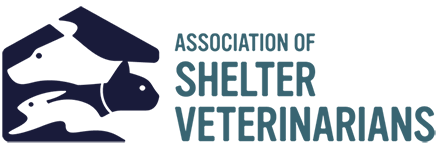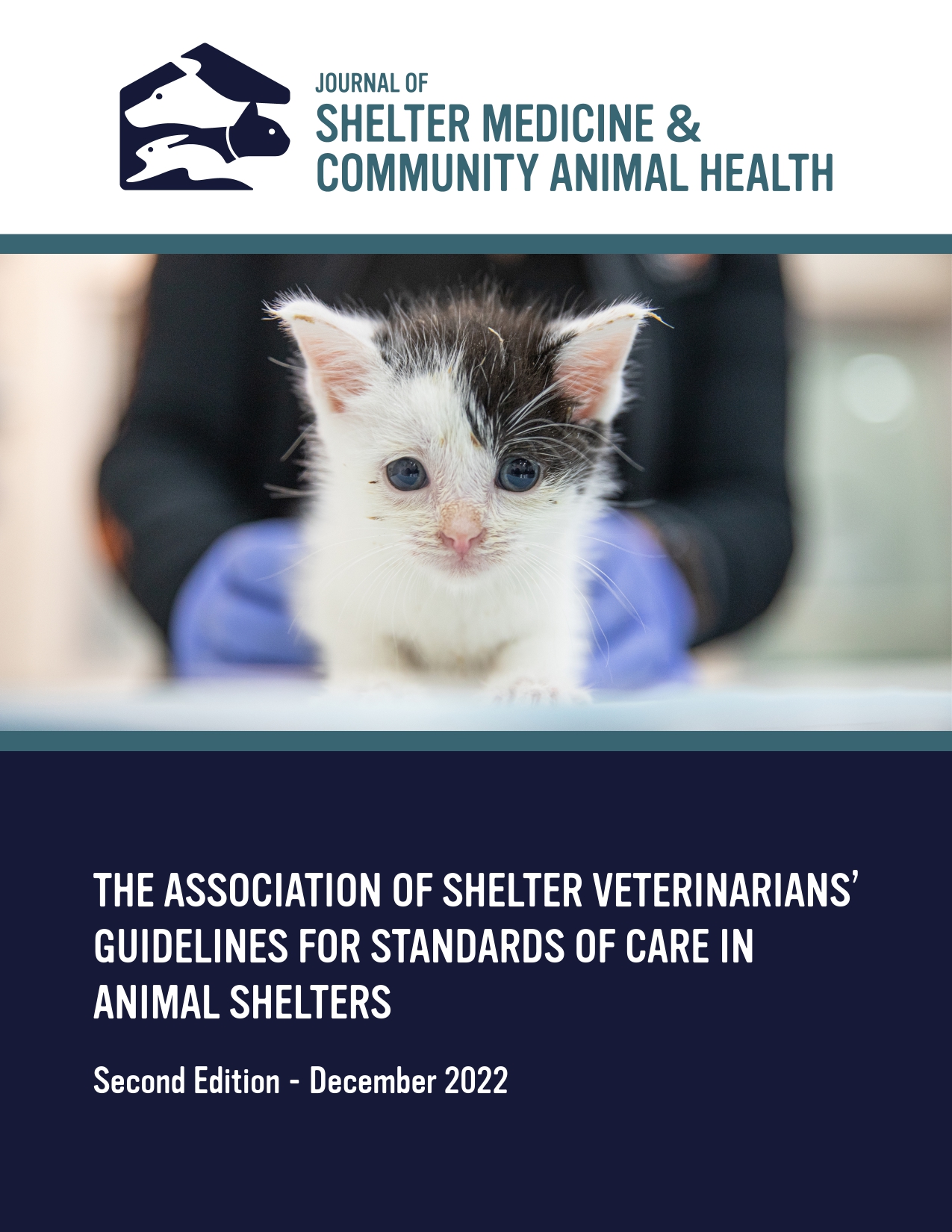An Opportunity to Increase Access to Pyometra Treatment [Abstract]
DOI:
https://doi.org/10.56771/jsmcah.v2.53Abstract
Pyometra in dogs and cats is a common and severe problem encountered by private practice (PP) clinicians that requires urgent treatment. This interruption can disrupt the clinic day's flow and result in pet owners facing high expenses for treatment. In many cases, there is a risk of economic euthanasia. Referral to high quality, high volume, spay/neuter (HQHVSN) clinics may be helpful for cases where treatment would be disruptive to clinic operations and referral to an emergency room is not feasible. A previous survey of pyometra practices of PP veterinarians demonstrated that, despite 66% of respondents finding pyometra to be majorly or moderately disruptive to their clinical day, 44% would be unwilling to refer to an HQHVSN clinic.
This survey, conducted from June to July 2021 (142 respondents), and a similar survey of HQHVSN clinics conducted from June to July 2020 (118 respondents) were analyzed for opportunities for increased partnership. Proportions were compared using two-sided tests of proportions, while non-normal data were compared using Wilcoxon rank-sum.
The three primary reasons indicated by PP with a reluctance to refer to HQHVSN (beyond a lack of local HQHVSN clinics) were a perceived lack of prompt appointment availability (20%), lack of aftercare (18%), and lack of adequate equipment (14%). In contrast, most HQHVSN clinics estimated that they generally accept referrals the same day (50%) or the next day (42%). Ninety-five percent of HQHVSN clinics reported having the resources needed to treat most presenting pyometras. Median estimated survival rates for patients presenting BAR/QAR were 100% for both PP and HQHVSN, with IQR of 95-100% and 100-100%, respectively. For patients presenting dull or nonambulatory, the median estimated survival was 80% (IQR 70-95%) for PP and 95% (IQR 95-100%) for HQHVSN. The median estimated survival for patients presenting obtunded or lateral was 15% (IQR 0-50%) for PP and 20% (IQR 2-80%) for HQHVSN. Estimated survival was only different for patients presenting dull or lateral (P = 0.018, z = 2.4). The estimated cost to treat a pyometra in dogs in PP, a median of $1,000 (IQR $700-1500), was significantly (P < 0.0001, z = 8.4) higher than HQHVSN clinics with a median of $200 (IQR $125-300). The estimated cost to treat a pyometra in cats, a median of $725 (IQR $450-1,000) in PP and $125 (IQR $58-200) in HQHVSN clinics, was also significantly different (P < 0.0001, z=8.6). PP ranked economic euthanasia as the most likely alternative outcome to surgery at their PP clinic 32% of the time, while HQHVSN indicated it only 11% of the time.
Given that PP clinicians estimate that economic euthanasia is the most likely outcome for approximately one-third of patients not treated by their clinic, there is an opportunity for greater collaboration. The concerns with HQHVSN clinics expressed by PP should be addressed knowing that HQHVSN clinics typically accept referrals within 48 hours, believe that they have adequate equipment, and are generally estimated to have good survival outcomes. For those patients requiring significant aftercare, there is an opportunity to refer the patient for surgery and then accept them back for hospitalization at the PP.











